Earlier this month, Buzzfeed Animation Lab entered the world of Dungeons & Dragons Actual Play with Magic & Stuff, a new twist on the format that combines animated segments with classic D&D adventure. DM’d by Jasmine Bhullar aka thatbronzegirl, the all queer, female identifying cast features Meredith Kesh as Freddie, a demon paladin who gives great hugs; our favorite drag queen, Syzygy, playing Mrs. Readings, a human bard “grandmother” – just don’t ask where her ex-husbands went; Elisabeth Riley as Felyn, a vampire rogue who loves gaslighting, gatekeeping, and girlbossing; and Elizabeth Gottlieb, playing Ikky the Wizard, a possum sorcerer who’s just a little guy.
The Fandomentals got a chance to sit down with Kesh and Riley, who serve as co-creators on the show and also are longstanding employees at Buzzfeed Animation Lab, as well as Derek Benig, the show’s director, to learn more about the origins of Magic & Stuff as well as how they approached being Buzzfeed’s very first actual play.
Interview has been edited for clarity and to protect the innocent. And the guilty.
What was the initial genesis of the show? Where did the idea come from for the you and the idea to make it on at Buzzfeed Animation Lab
Meredith Kesh: The initial idea for Magic & Stuff came from a bunch of the animators at the BuzzFeed Animation Lab sitting down and saying, “Hey, wouldn’t it be cool if we just played Dungeons and Dragons you guys?” And then it evolved into, “Wouldn’t it be cool if we got paid to play Dungeons and Dragons?” Because we said it’s crazy that BuzzFeed hasn’t really done a real actual play Dungeons and Dragons show. So many media companies have one. I think it would be really cool if BuzzFeed had one and then we said, “Wait, can we do that?”
Around the same time, our department was doing a character initiative. We were looking for new pitches for new IPs, new ideas, and we pitched a Dungeons and Dragons actual play, which is so different from anything that BuzzFeed Animation Lab has done before. But we were looking to head into long form content so we saw this as the perfect opportunity to try something a little long form. The fact that it’s half live action and half animation means that it’s little less of a time sink animation-wise than if we were doing 30 minutes of full animation.
Elisabeth Riley: When we were pitching, Magic & Stuff was really like we obviously wanted to play, but we also noticed that there was a very big white space in the field. Most of the shows that you see, the popular ones out there, Critical Role and Dimension 20, they’re very long and very intense for newbies to get into. And myself, being new to D&D, I loved watching everything, but it was also, I felt like very out of the loop very much. I had so much to catch up on and I couldn’t really sit there for 3, 4, 5 hours to digest one episode. And that trickled its way into me letting Meredith know and Derek and the team and just saying, “Look, this could be a really great way, but let’s not do it an hour. Let’s make it 30 minutes. How about that?” And that’s where we landed on a 30 minute show with the animation sprinkled in.
So how much of the show is animated? How much of it is the live action parts?
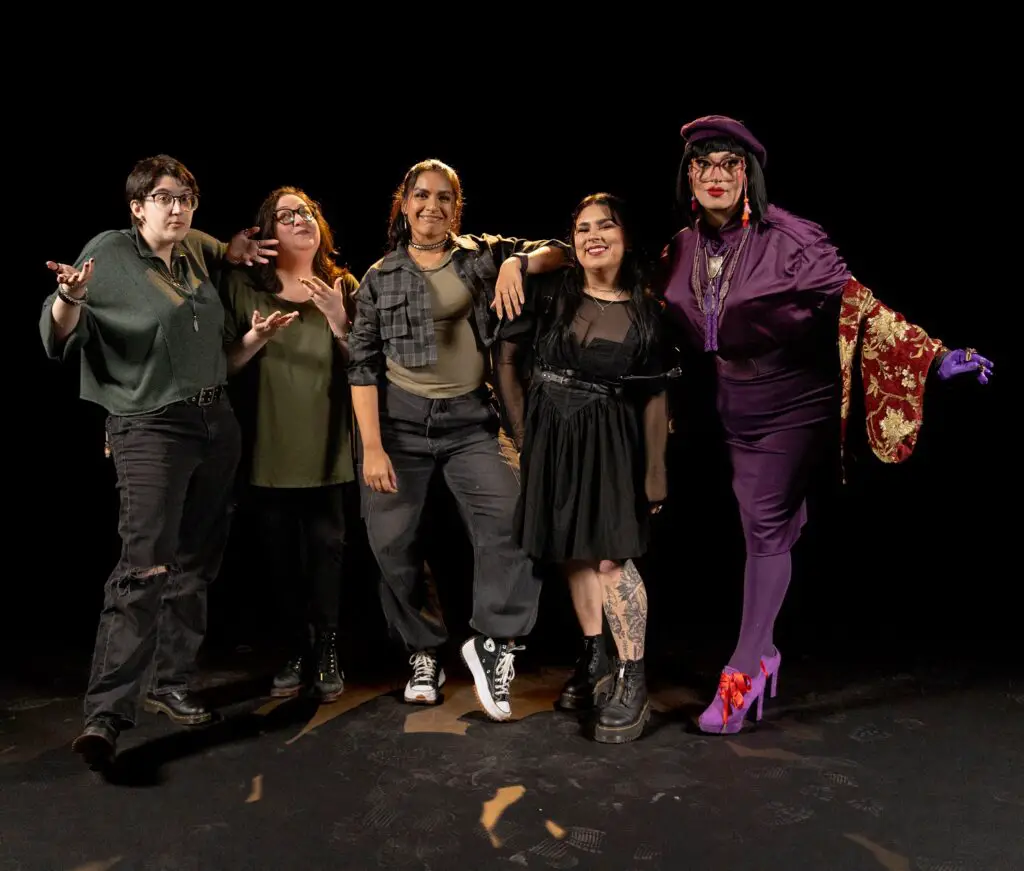
MK: There’s about, I would say three to four minutes of animation sprinkled throughout the episode. So it’ll be live action. We’ll cut to a funny gag of the characters interacting with each other in animation, or a cool action sequence of a character casting a spell or swinging their sword just so that it gives the audience a really good visual reference for when Jasmine, our wonderful DM, is describing this cool room that we just entered in the dungeon. We can have a visual reference for the audience: here’s what the room is like, here’s where the characters are in this room, here’s the funny expression they’re making as something scary happens in this room. It helps audiences who may not be as familiar with D&D get acclimated to what’s going on in this crazy show that it gives them that point of reference.
Derek Benig: In the space, usually in the medium itself, there’s usually a lot of either theater of the mind where there’s no visual representation, or there’s a lot of miniatures, which involve a lot of math and a lot more tactical approach to the game. So this was a nice way to bridge those moments and help us meet that shorter runtime to make a show that was more entry-level friendly for people.
How did you have to adjust play, or do you edit the sessions down? How do you make it fit the timeframe that you’ve established?
MK: We basically told Derek and our DM Jasmine: we want to do a dungeon crawl. How would we do that in 30 minute episodes? And then they were super smart and they figured it out.
DB: I’m glad that that’s how it felt because it was a lot of thinking about the structure of a game, the number of encounters, whether it’s traps, combat, how much the party banters. We were very fortunate that before we started filming the main show, we got to record and test a little bit with the group, with Jasmine in the room, in their full wardrobe on the set. They got to play a little bit as a group. And then Jasmine and I made a list of all the players’ habits, all the things that they seem to gravitate towards or against, and that helped us determine what encounters and situations we should put the party in.
A lot of Magic & Stuff was pre-planned room by room, episode by episode, but there were a few instances in which Jasmine and I were messaging on the side while we’re filming, trying to reroute the party to go to a place that we need them to go to get to the next episode. So it was a lot of taking in the different styles of play. For instance, Elizabeth is definitely more willing to fight people than say, Meredith, in game. Finding situations in which the banter between the two of them is interesting, but also can play to either side of that spectrum was important.
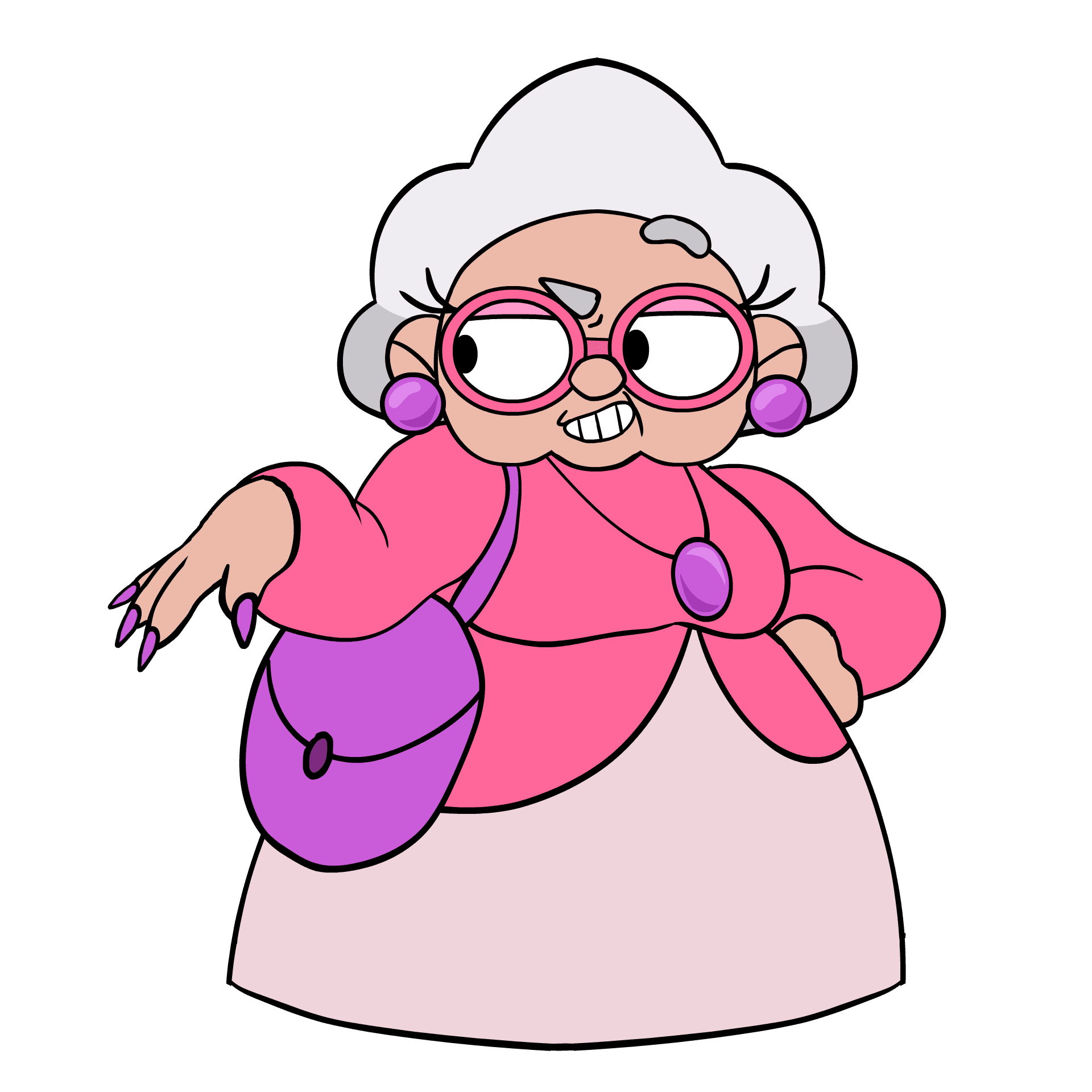
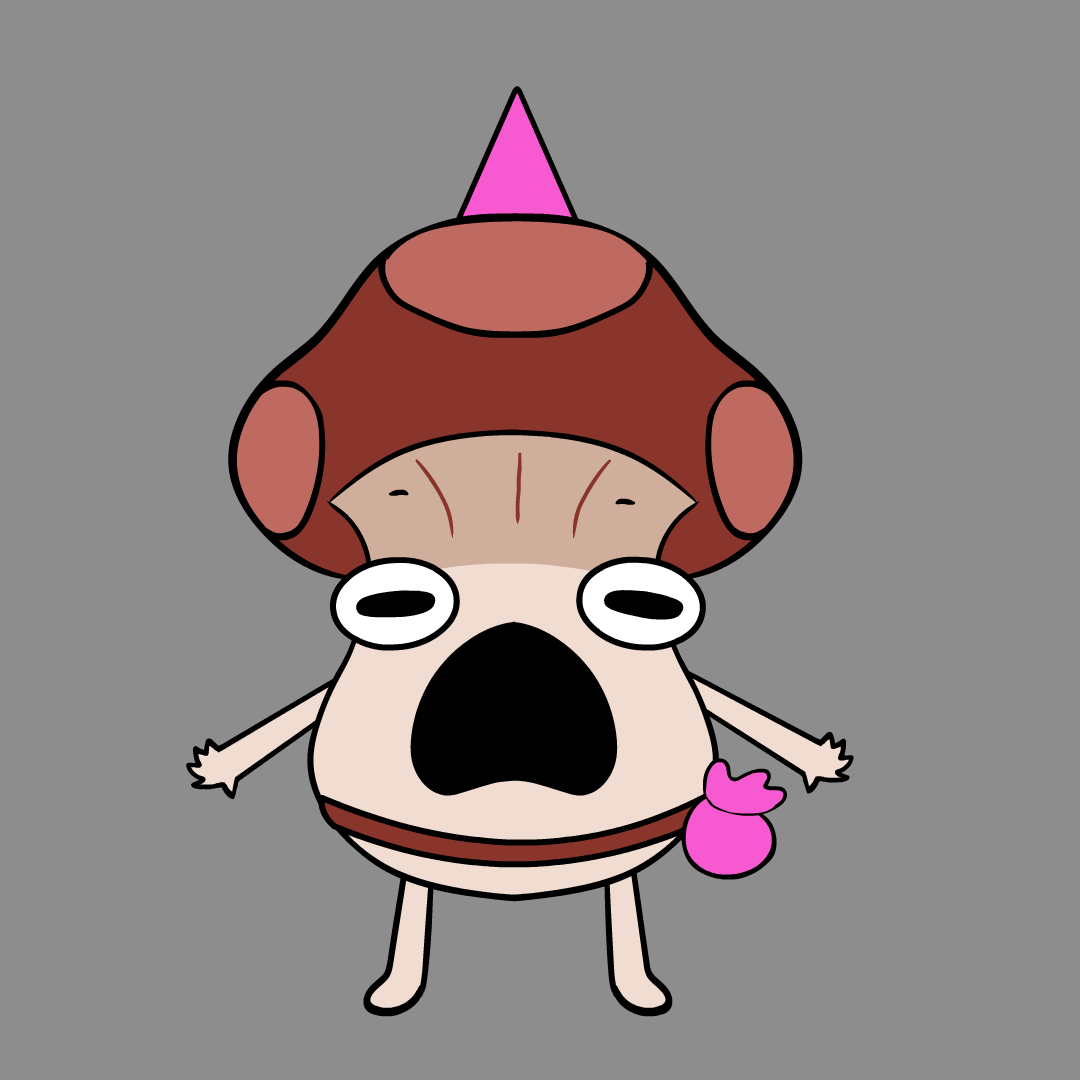
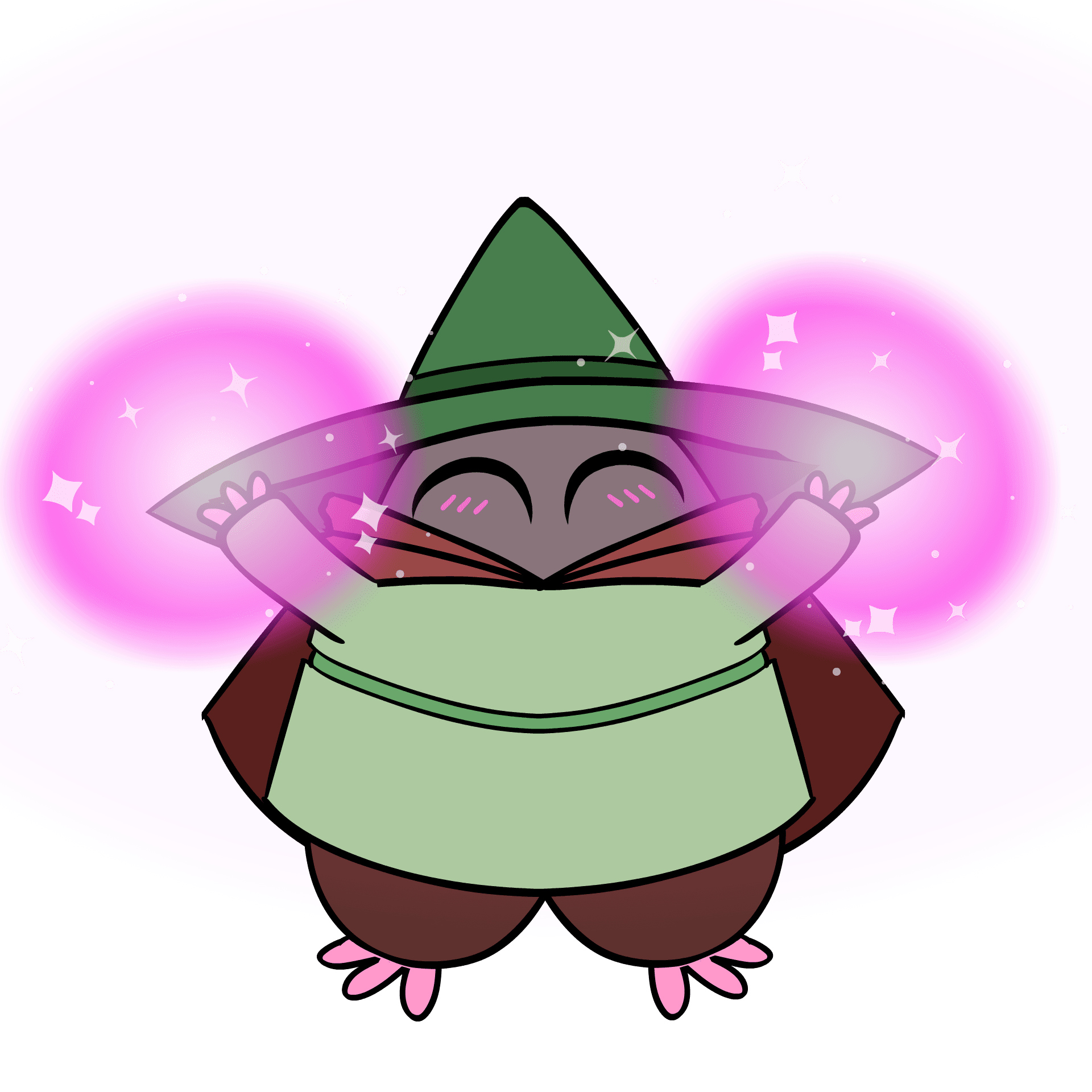
We had another player, Syzygy, and she loves props. She loves having these long monologues and having these almost Shakespearean soliloquies in between bits. And so making sure that there were things in the rooms that Jasmine was describing that were interesting for Syzygy to react to and to have some sort of an improvised bit.
A lot of the structure was figuring out what is a compact form of it? In the actual play medium, there’s a lot of folks that will do a full on campaign. What we did was akin to a one shot, so it would be about one game’s worth of play that we split over two days, roughly 10 hours of play. And then in editing, it came down to me working with the editors and alongside Meredith and Elizabeth to come up with the rules and the process for what to cut.
For instance, we cut a lot of meta chat when the players are just trying to figure out some of the stuff on the rule sheets. But the caveat to that was unless it was clarifying something that no one else at the table knew. And so there were little things like that that we had to abridge. Instead of having a back and forth between players trying to figure out their armor class or how much damage they did, we had to compress that into a player getting hit and taking damage versus the back and forth regular play of it. That was how we condensed it was through some research and some real serious work and actual live finagling and rearranging of the adventure as we went along.
And this was a totally original adventure that you came up with?
DB: Yeah, Jasmine and I came up with the concept. The idea of a dungeon crawl is fairly widespread, but the lore and backstory and the village and the world, Jasmine did a lot of that heavy lifting. I mostly just helped pick some of the monsters as well as fight for certain rooms to be kept in that I felt were important to the aesthetics of the adventure and to the tone. We wanted to strike something that felt like a Saturday morning cartoon with the game that they were playing. So nothing could be too violent, nothing could also be too goofy. Things had to fit somewhere in the middle to get that range of silly and spooky.
MK: Silly and spooky are the key words, yeah.
Elisabeth and Meredith, you’ve played D&D for a while, but was this your first time doing produced actual play for a show?
MK: For me, yeah. I played D&D on and off for years, but I was never a theater kid, so this was actually very interesting to me to come onto a set and work with tech guys and our amazing crew to create this show. That was really exciting for me. I don’t really consider myself an actor or an improv person. I just like high fantasy. So that was really exciting to explore this space of how do you make an actual play? I watched so many actual plays, but how do you make them? It’s been really interesting to break apart that process and figure it out for us, like how are we going to make our actual play show?
ER: And then for me, it’s almost the exact opposite. I was very new to D&D and I had worked in a lot of theater and behind the scenes on a lot of productions before, so that stuff was not new to me. But playing D&D probably was one of the hardest, just sitting down for an actual full campaign, I had never actually finished one before, so I was very intimidated. But in terms of producing, this is definitely the most I’ve done for any show, and it’s been so much fun to be able to sit down and watch all the cuts and give all my creative notes and contribute in that way as well.
D&D is always a performance, it’s always theatrical, whether you’re playing on a show or with just friends around the table, but do you think that you felt a change, or approached it differently, because you knew it was going to be in this format or because you knew you were on camera?
MK: It’s funny because I was really nervous. I was like, what if it’s really high pressure and we all play really bad and it’s not going to come out well? But once we actually sat down and we were playing, I was like, oh, we’re just playing Dungeons and Dragons, this game that I really love. And it was so chill and relaxing and I really felt like I was just playing a game of D&D with my friends and I had a really good time. And that’s one of my favorite things about watching the footage back is you can tell, I’m having a really good time. Because it was just a really good game of D&D and I really enjoyed that. So it’s the kind of thing also where I look back at the footage now and I’m like, oh, we could have done this better, we could have done that better. It’s the kind of thing of looking in the moment of I could have made better gameplay decisions, but it was fun to play and it was fun to watch, so it all shakes out.
ER: I think very, very nervous going into it, and it felt very real once we sat down. But sitting down with Jasmine, even being the professional DM she is, made everyone feel so at ease at the table that you almost forgot and we really did just get immersed in the story. And by the end of filming the entire episode, all of the episodes, I was shocked how different I played from episode one to episode eight. It was absolutely insane.

I want to ask is if there’s any moments that are really memorable, or that you really liked?
ER: No spoilers!
MK: I’ll say the end of episode five really gets me. I love the end of episode five. It’s exciting. Oh boy, look out for it. Like, comment, subscribe. Wait for episode five.
ER: Yeah, definitely a lot of memorable moments, honestly, in each episode, but I have a few favorites, so you just have to wait and see.
DB: Here’s one from episode one, which is already out, so that’s not a spoiler for those. But there’s a moment where the stereotype of your classical Dungeons and Dragons Fighter, the “Knight In Shining Armor”, gets turned on its head during an encounter. And I think it’s a really great example of the roleplay scenarios that we experienced throughout the whole course of the show where a lot of unexpected things happen, and it’s not always cut and dry which character between Freddie, Mrs. Readings, Ikky and Felyn are going to be the ones to solve that problem. And I think throughout the series, the most lovely part is every character gets a moment to shine. The whole ride series is just a lot of fun and I cannot wait for more people to see our future episodes.
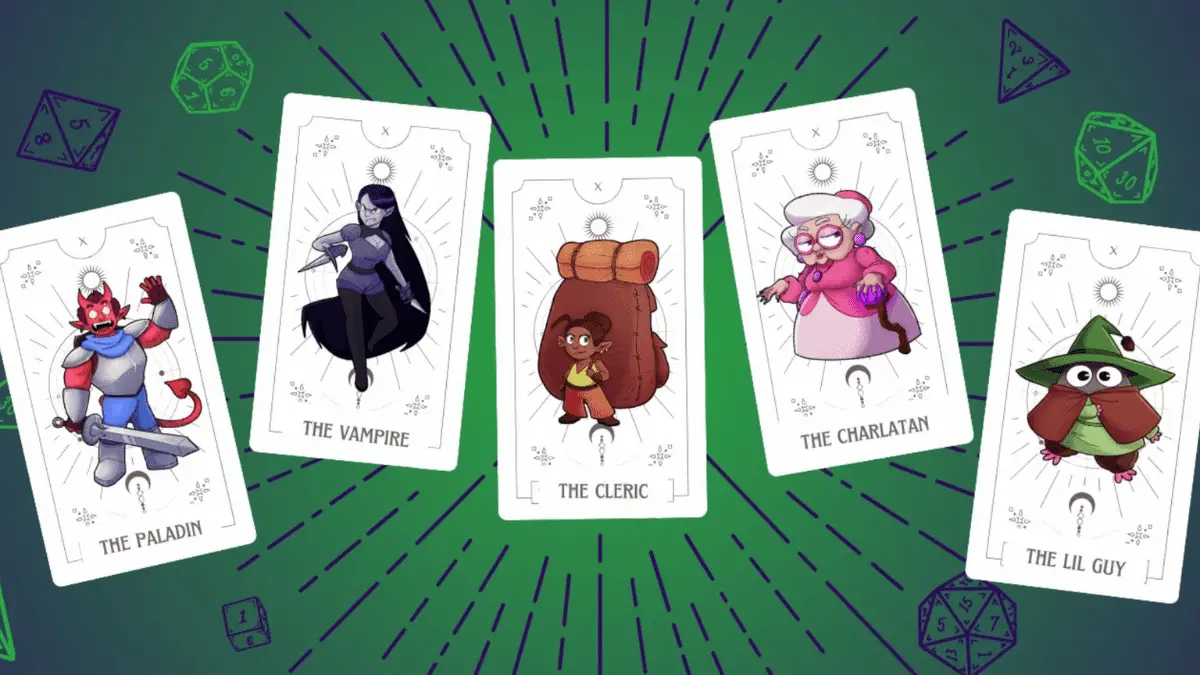
You can catch new episodes of Magic & Stuff on their Youtube Channel, going live every Friday!
Images via Buzzfeed Animation Lab
Have strong thoughts about this piece you need to share? Or maybe there’s something else on your mind you’re wanting to talk about with fellow Fandomentals? Head on over to our Community server to join in the conversation!

